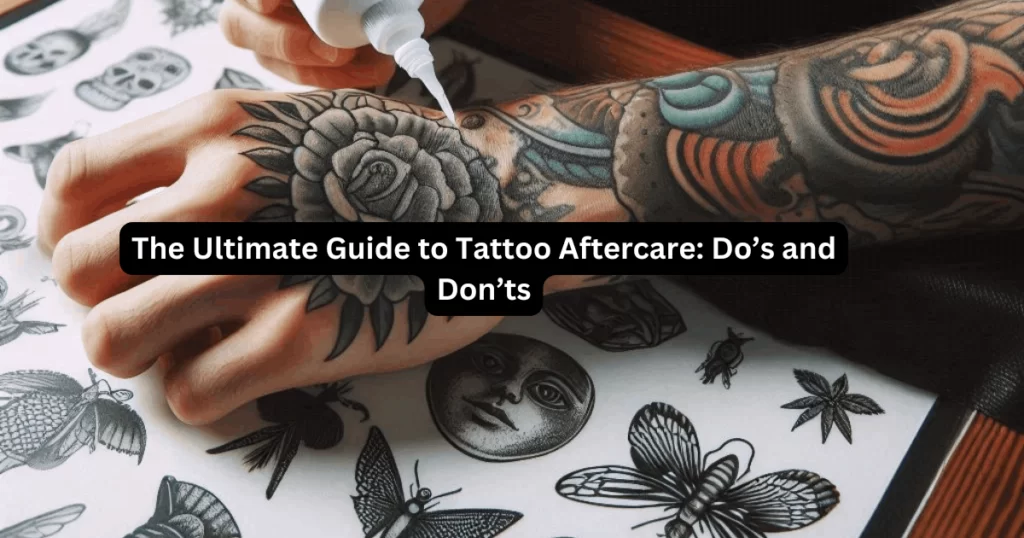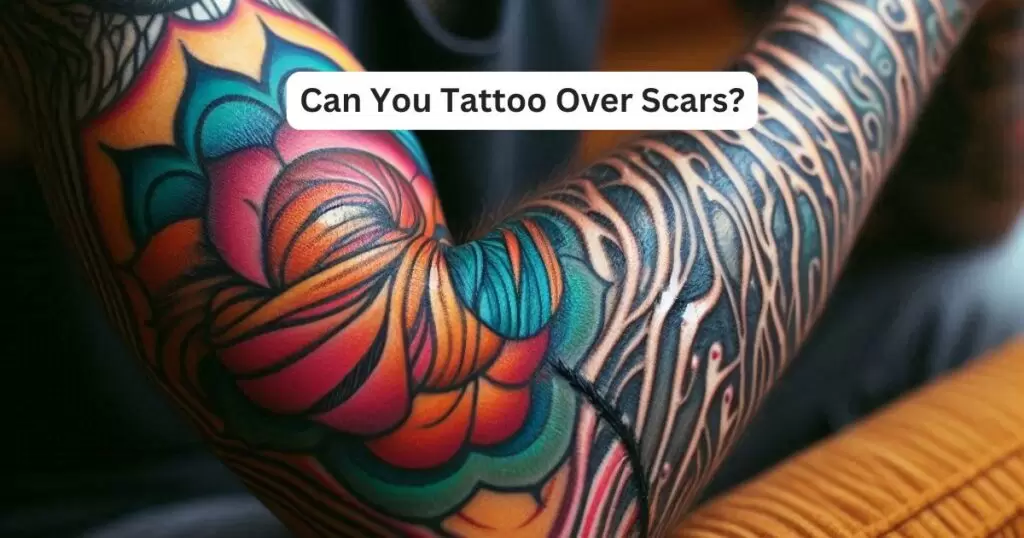Getting your first tattoo can be a thrilling experience, but it’s important to approach it with careful thought. When considering your first tattoo, start by researching reputable artists, choosing a design you’ll love, and preparing for the process.
These steps ensure a positive experience and a first tattoo you’ll be proud of. Let me guide you into what you need to know about getting your first tattoo.
What Should I Do Before My First Tattoo?
Do Your Research
Before getting your first tattoo, research is crucial. You need to find the right artist and shop. Look for a licensed and reputable tattoo artist with experience in the style you want. Most artists specialize in a particular style, such as realism, traditional, or minimalist. Look at their portfolio to ensure their work matches your vision.
Once you’ve found a few options, visit the shop in person if possible. Check that it’s clean, professional, and follows proper safety standards. A good tattoo studio should feel welcoming, and the staff should be happy to answer any questions you have.
Know What You Want
Before walking into a tattoo shop, have a clear idea of what you want. You don’t need to have the design fully drawn out, but you should know the basic concept. Having reference images can help communicate your idea to the artist.
Think carefully about where you want your first tattoo. Some areas are more painful than others, and certain spots may fade faster due to friction or exposure to the sun. Popular spots for first tattoos include the forearm, upper arm, or ankle.
Budget for Your Tattoo
Tattoos can be expensive, especially if you want something detailed or large. Pricing varies by artist, location, and size of the tattoo. Don’t choose an artist based on price alone. A good tattoo is worth the investment.
Remember, a cheap tattoo can lead to regret or even require more money down the line if it needs touch-ups or a cover-up. It’s better to save up and pay for quality work from a professional.
Think About the Future
While tattoos are more accepted now than they were in the past, it’s important to think about how your tattoo might affect future opportunities. Some workplaces still have policies about visible tattoos, especially in professional settings.
Additionally, consider how the tattoo will look as you age. Skin changes over time, and your tattoo may stretch or fade. Choose a design that you’ll still be happy with in the years to come.
How Can I Make My First Tattoo Hurt Less?
Prepare for Your Appointment
Preparing for your tattoo appointment can make the experience smoother. Get a good night’s sleep before your session. Being well-rested helps you handle the discomfort better. Also, eat a healthy meal beforehand. This will keep your energy up during the tattoo process.
Wear comfortable clothes, especially if your tattoo is in a spot that requires you to sit or lie down for a long time. If your tattoo is in a hard-to-reach area, like your back or chest, make sure your clothing allows easy access for the artist.
Consider the Pain
Tattoos can be painful, but the level of pain depends on where you get the tattoo and your personal pain tolerance. Areas with more fat or muscle, like the upper arm, tend to hurt less. Bony areas like the ribs, spine, or ankles are usually more painful.
Remember, the pain is temporary, and most people find it manageable. If you’re concerned, talk to your artist. They can suggest placement options and offer advice to help make the experience more comfortable.
Start Small
It’s often best to start with a small tattoo for your first time. This way, you can see how your body reacts to the process and get a feel for the pain level.
Larger tattoos take more time, so starting small can help you get used to the experience. You can always add to it later or get a larger piece once you know what to expect.
Consider Using Numbing Cream
If you’re worried about the pain of getting a first tattoo, numbing creams can be an option. These creams help reduce sensation in the area where the tattoo will be applied. However, it’s important to talk to your tattoo artist before using one. Some artists prefer not to use numbing creams as they can affect the skin’s texture or how the ink settles.
If your artist is okay with it, make sure to use a cream specifically designed for tattoos. Follow the instructions carefully, applying it about 30 to 45 minutes before your session.
Keep in mind that numbing creams can wear off during longer sessions, so they’re more useful for smaller tattoos. Always consult your artist before making this decision.
How Do You Take Care Of A Tattoo For The First Time?
Follow Aftercare Instructions
Aftercare is a crucial part of the tattoo process. Once it is finished, the artist will give you tattoo aftercare products and specific instructions to follow. This usually includes keeping the tattoo clean, applying ointment, and avoiding sun exposure.
For the first few days, your tattoo will feel like a mild sunburn. It’s normal for it to scab and peel as it heals. Don’t pick at the scabs, as this can lead to infection or affect how the tattoo heals.
Listen to your artist’s aftercare instructions carefully and avoid advice from non-professionals. Proper aftercare ensures your tattoo heals well and looks its best for years to come.
Be Patient with Healing
Tattoos take time to heal, typically around two to four weeks. During this period, avoid swimming, long baths, and direct sunlight. These can lead to infections or damage your tattoo.
Stay patient during the healing process. The tattoo will look its best once it’s fully healed. If you have any concerns, contact your artist. They can help answer questions and address any issues you might encounter during the healing process.
Take Your Time
Getting your first tattoo is an exciting moment, but don’t rush the decision. Take your time choosing the design, artist, and placement. A tattoo is a permanent decision, so it’s important to feel confident in your choice. Rushing into a tattoo can lead to regret later on.
Ask your artist as many questions as needed, whether it’s about the design, the healing process, or aftercare. Most tattoo artists appreciate when clients take the time to make informed decisions. They want you to love the final result as much as you do.
A well-thought-out tattoo is something you’ll be proud to wear for life.



